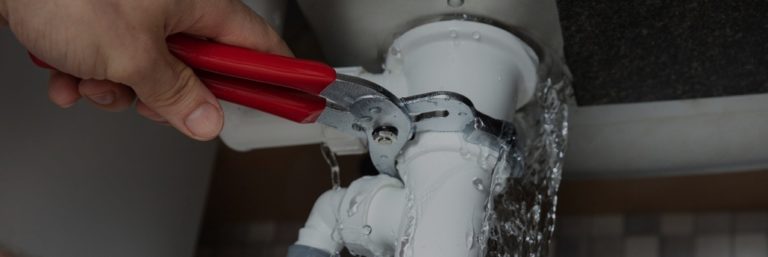Locating Hidden Water Line Leaks: Six Smart Methods
Locating Hidden Water Line Leaks: Six Smart Methods
Blog Article
The article author is making several good pointers on Top leak detection hacks as a whole in this post beneath.

Early detection of leaking water lines can reduce a prospective catastrophe. Some tiny water leaks might not be noticeable.
1. Analyze the Water Meter
Every house has a water meter. Inspecting it is a surefire manner in which helps you uncover leaks. For beginners, turn off all the water resources. Guarantee no person will flush, make use of the faucet, shower, run the cleaning machine or dish washer. From there, go to the meter and also watch if it will certainly change. Because no person is using it, there must be no activities. If it moves, that indicates a fast-moving leakage. If you detect no changes, wait an hour or two and examine back once more. This implies you might have a slow leak that might also be below ground.
2. Check Water Usage
If you identify abrupt adjustments, despite your usage being the exact same, it implies that you have leakages in your plumbing system. An unexpected spike in your costs suggests a fast-moving leakage.
On the other hand, a consistent rise on a monthly basis, despite having the exact same routines, shows you have a slow leak that's additionally slowly rising. Call a plumber to completely check your residential or commercial property, specifically if you feel a warm area on your floor with piping below.
3. Do a Food Coloring Test
When it involves water usage, 30% comes from commodes. Test to see if they are running appropriately. Decrease flecks of food color in the tank and also wait 10 mins. If the shade somehow infiltrates your bowl during that time without flushing, there's a leakage between the storage tank as well as dish.
4. Asses Exterior Lines
Don't forget to check your outdoor water lines as well. Should water leak out of the link, you have a loose rubber gasket. One small leakage can lose bunches of water as well as increase your water expense.
5. Evaluate and Examine the Situation
Home owners need to make it a habit to check under the sink counters and also even inside cupboards for any type of bad odor or mold development. These 2 warnings indicate a leakage so prompt attention is called for. Doing routine examinations, also bi-annually, can save you from a major problem.
Examine for discolorations and deteriorating as a lot of devices and also pipes have a life span. If you think leaking water lines in your plumbing system, do not wait for it to intensify.
Early detection of dripping water lines can alleviate a possible calamity. Some tiny water leaks might not be visible. Checking it is a surefire way that assists you uncover leaks. One small leakage can squander loads of water as well as increase your water bill.
If you suspect dripping water lines in your plumbing system, do not wait for it to rise.
WARNING SIGNS OF WATER LEAKAGE BEHIND THE WALL
PERSISTENT MUSTY ODORS
As water slowly drips from a leaky pipe inside the wall, flooring and sheetrock stay damp and develop an odor similar to wet cardboard. It generates a musty smell that can help you find hidden leaks.
MOLD IN UNUSUAL AREAS
Mold usually grows in wet areas like kitchens, baths and laundry rooms. If you spot the stuff on walls or baseboards in other rooms of the house, it’s a good indicator of undetected water leaks.
STAINS THAT GROW
When mold thrives around a leaky pipe, it sometimes takes hold on the inside surface of the affected wall. A growing stain on otherwise clean sheetrock is often your sign of a hidden plumbing problem.
PEELING OR BUBBLING WALLPAPER / PAINT
This clue is easy to miss in rooms that don’t get much use. When you see wallpaper separating along seams or paint bubbling or flaking off the wall, blame sheetrock that stays wet because of an undetected leak.
BUCKLED CEILINGS AND STAINED FLOORS
If ceilings or floors in bathrooms, kitchens or laundry areas develop structural problems, don’t rule out constant damp inside the walls. Wet sheetrock can affect adjacent framing, flooring and ceilings.
https://www.servicemasterbyzaba.com/blog/how-to-detect-water-leakage-in-walls/

We hope you enjoyed reading our piece on Finding hidden leaks. Many thanks for taking time to read through our short article. Enjoyed reading our blog? Please share it. Let somebody else locate it. Thanks for your time. Visit us again soon.
Emergency? We're here! Report this page